Let no one think that I am some weak and sickly woman,
or one of those quiet spirits!
Quite the opposite!
I am most friendly to my friends
and most fearsome to my enemies.
Euripides, Medea
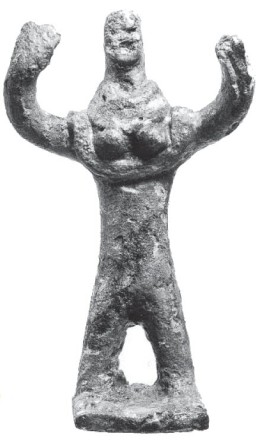
In some aspects the Caucasus region is assumed to be a land of strong women.
In Greek antiquity it was Medea, daughter of the king of Colchis, who was depicted as an extremely strong character.
Medea was a very clever woman and a skilled sorceress but just as well she was utterly unscrupulous and radical in reaching her goals.
She cheated her father out of love for a stranger, the Greek Jason. She sacrificed her brother to escape from Colchis.
She even went so far to sacrifice her own sons to punish her husband Jason when he left her for another woman.
According to myth, the Amazons also gave their sons away and just kept their daughters. In this respect, there seems to reflect a similar thought pattern.
Myths and sagas from the Caucasus also indicate the important role of women.
In the Caucasian Nart saga tradition there is a mighty woman who dominates. It is the wise and enticing Satanaya - the Great Mother of all Narts.
The Nart sagas reflect an egalitarian relationship between men and women. Goddesses and heroines are very important in all aspects.
Satanaya embodies wisdom and brains, she also is a sorceress and seeress. She represents beauty, eternal youth but also passion and lust.
In another saga there is the enigmatic female figure Anaya. In Circassian this word means »Bad Mother«, »na« is mother, the suffix »ya« means bad. It is rather amazing that in Greek tradition there is an Amazon with the almost identical name Anaia!
Another extraordinary female character of the Nart saga tradition is Amezan. She is a heroic warrioress and a skilled rider.
The name »Amezan« is very similar to the Greek word »Amazon«, moreover, Amezan has the nature of an Amazon.
In this regard, it is little surprising but very significant that in the Middle Ages there was a queen named Tamar (1184 - 1213) who made Georgia great. She represents the Golden Age of Georgia.
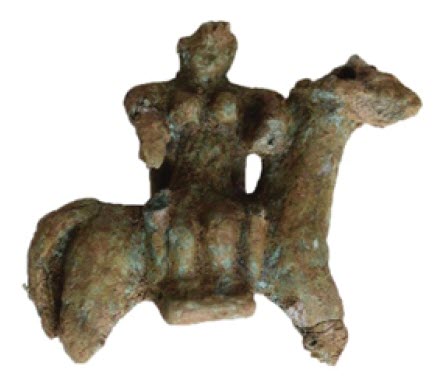
In Greek antiquity Colchis was seen as a distant country and as a rich one because of its gold. That is why, the Greek hero Jason was sent to Colchis. His task was to steal the famous Golden Fleece.
The Golden Fleece has a quite real background: In Svanti, north of Colchis, the local people put ram skins fastened by stones on the riverbed. Later on, they shook the gold out of the shaggy coat. In the first half of the 20th century the river Inguri still carried enough gold that the local people could still use this technique.
When the Greeks came to the region east of the Black Sea in the first half of the 1st millennium BC they encountered a well-organized, high-developed people. From the 8th till the 1st century BC there existed the kingdom of Colchis which had a very special culture. The political center was inland at the river Phasis (today Rioni). In the ancient sources there is mentioned the capital Kutaia. It is obvious that this place is identical with today's Georgian city Kutaisi.
In Wani, about 60 km off the Black Sea coast, there was discovered an impressive temple city with richly endowed rock tombs. In these tombs there were found valuable grave goods of precious metal, mostly gold.
Colchis was very famous for its goldsmith work. Specially on behalf of granulation technique the Colchians were true masters. So again, the famous Golden Fleece of Colchis alludes to a true background.
At the time when the Greeks learned to know Colchis, this land was certainly not a land of Amazons or a land of matriarchal social order. But it was obviously a land with rather balanced gender relations. Actually, this was enough for the patriarchal Greeks to recognize in Colchis the homeland of the self-reliant Medea.
In fact, the burial customs reveal an egalitarian social order. Mostly, there were found collective burials - a clear hint to egality.
Very characteristic for Colchis there are figures of riding women. They always sit sideways on the horse, very often they hold a baby in their arms. That riding woman represents the Colchian main goddess - a goddess who stands for the belief in rebirth. That is why, pompous individual burials had no meaning for the Colchians because they knew that they were reborn. Life and death were an eternal cycle, so a richly endowed individual burial made no sense. Rebirth belief was common since Stone Age and connected with it was the predominating role of the woman because only she is able to bear.
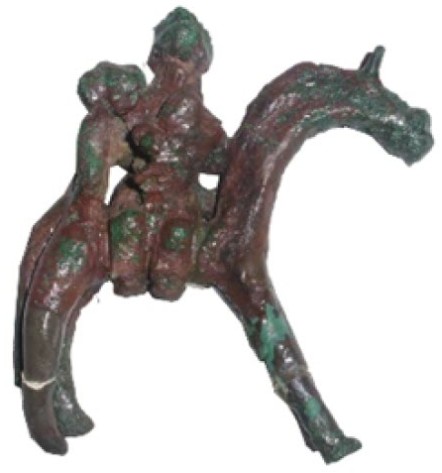
Most of the ancient sources say that the Amazons lived at the river Thermodon in northern Central Anatolia. Besides this, there is the less known tradition about Caucasian Amazons.
The Greek historian and geographer Strabo (63 BC - 23 AD) is the essential source. He is considered to be very reliable; he traveled a lot and he scrutinized the older sources he used for himself. In the course of his description of the Caucasus he mentions that in the mountains above Albania Amazons lived. Albania is a region which roughly correlates with East Georgia and Azerbaijan. In detail he informs that a river named Mermadalis flows through the Amazon land. This river has its source in the Caucasus, then flows through the land of the Amazons. Later on, the river crosses a desert and empties into the Azov Sea.
Neighbors of the Amazons were the Gargarians. Each year in spring the Amazons met the Gargarian men on a mountain to become pregnant. The girls stayed with them; the boys were handed over to the Gargarians.
Of special importance is Strabo's statement that the Amazons originally came from Themiskyra (Thermodon) and emigrated from there to the Caucasus region. Due to this information the Caucasian Amazons can be integrated into the general history of the Amazons. The famous Amazons from the river Thermodon had to leave their home in northern Central Anatolia because the pressure by neighboring patriarchal tribes became more and more threatening. They emigrated to the region northeast of the Black Sea where they entered into a symbiosis with the Scythians and Sauromatians who lived there. Probably, a part of the Amazons decided not to give up their traditional way of life as an independent women community and preserved their way of life in the inaccessible Caucasus mountain range.
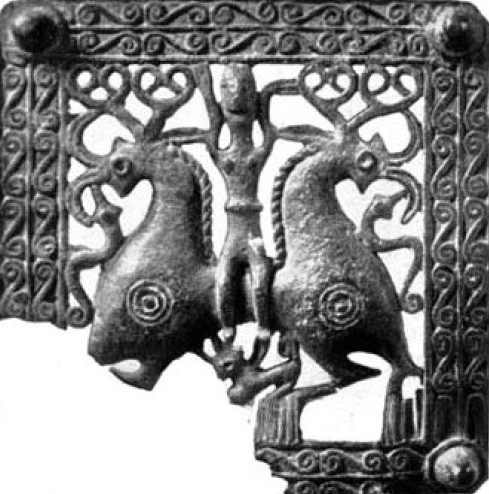
This belt buckle belongs iconographically to the Colchis culture. A woman with raised arms sits on the back of 2 stylized deer figures.
A concrete localization of this Caucasian Amazon land on the basis of Strabo's description is rather difficult. if you lay the focus on the local hint towards »Albania« this land must have been in the eastern part of the Caucasus mountains. On the other hand, if you consider the information that this river Mermadalis empties into the Azov Sea then only the river Kuban or one of his tributaries come into question. Then this Amazon land must have been in the western part of the Caucasus, that would also mean north of Colchis.
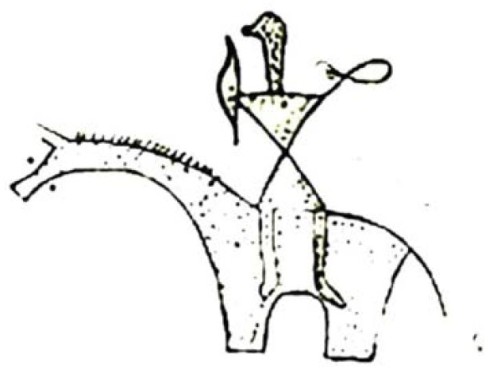
It was found in a grave in Zhinvali (South Ossetia). It dates from the 8th/7th century BC. It shows a riding woman with bow and arrow. She sits sideways on the horse.
The archaeological research offers a possible solution. In South Ossetia there have been discovered burials and artifacts which suggest a connection with Amazons.
In Tli (Tlia) in the northern part of South Ossetia, in the Central Caucasian mountain range, there have been found women's graves containing weapons. They belong to the Late Bronze Age and Early Iron Age. However, there have also been found men's graves containing weapons. In fact, these are the majority. It is very amazing that there are no differences concerning the grave goods. Men and women are equally wealthy. Most of the graves in Tli are individual burials. There are also collective burials but not many.
The findings show quite clear that in this part of the Caucasus there existed a people where obviously men and women lived together as equals. Women also took part in armed conflicts and proudly presented their role as warriors in the graves. Actually, it is not an Amazon people as Strabo had described.
In fact, it seems much more similar to the description by Herodotus. According to Herodotus, the Amazons had formed a community with Sauromatian men after their flight from the Thermodon region. In this community they could partially preserve their former way of life at the side of their Sauromatian men. They carried weapons and fought together with their men. in the course of time the »Amazonian« attitude of the women lessened more and more, fewer and fewer women were warriors and took part in armed conflicts. This is the reason why men's graves containing weapons prevail in Tli. Actually, the fact alone that there are women's graves containing weapons is rather striking, and in some respects, it confirms the stories about Amazons which the ancient historians passed on to us.



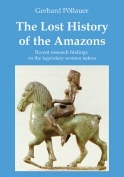
The Lost History of the Amazons
Recent research findings on the legendary women nation

Geheimnisvolles Lemnos. Die von Frauen beherrschte Insel
Mysterious Lemnos. Island dominated by women
This book is only available in German.
Diese Seite gibt es auch auf deutsch
Copyright © 1997-2025 Amazon Research Center
